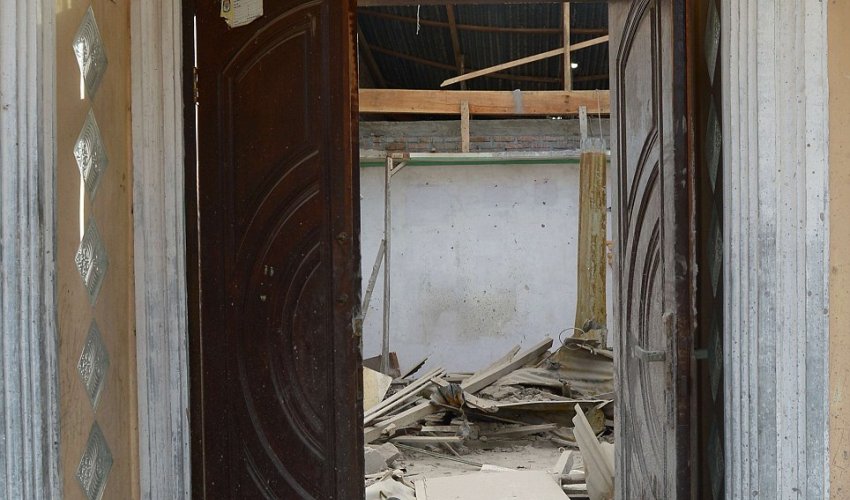An entire town is left covered in a layer of ash - PHOTO

Sixteen died last week when the Sinabung volcano in Indonesia erupted violently, also forcing thousands from their homes.Mount Sinabung had been dormant for 400 years until it erupted in 2010, killing at least two people and displacing 30,000 others.The volcano has been erupting sporadically since September, leaving the landscape barren and ash-covered.Footage uploaded to Youtube shows the twisters forming as huge quantities of molten rock pour down the mountainside, leaving a trail of destruction in its wake.The moving pillars of ash and air are caused by the burning 'pyroclastic flow' heating the air directly above it. This air rises, sucking still more into the sky above.As heated gas is drawn in from all sides, it can create swirling turbulence within the burning air formations, causing them to spin as they make their way down the mountainside, according to Slate.The devastating combination of melted rock, ash and scalding air can travel and hundreds of miles an hour, destroying what it touches.At least 16 people were killed by the violent eruption last week, after months of rumbling from the mountain.They include a TV journalist, four high school students and their teacher who went to see Mount Sinabung up close after being told it was becoming safer.Just one day before, thousands of villagers were allowed to return to their homes on the slopes of the volcano despite the fact it had been erupting sporadically for four months.Villagers were seen tending to the charred corpses of victims, themselves covered in thick grey ash, as far as two miles from the peak.Many in the rural island communities had been desperate to return to check on their homes and farms, presenting a dilemma for the government.But hundreds of villagers also demanded to be moved safer areas because they were scared to go back.Evacuee Naek Sembiring, one of 156 camping in a church, told The Jakarta Post two months ago that his entire village had agreed they would not return despite the situation being declared safe.'We fear we might die,' he said. 'Our village is nearest to Mount Sinabung. In the event of an eruption where would we run to?'Indonesia is prone to seismic upheaval due to its location on the Pacific Ring of Fire, an arc of volcanoes and fault lines encircling the Pacific Basin.Mount Sinabung had been dormant for 400 years until it erupted in 2010, killing at least two people and displacing 30,000 others.It is now among about 130 active volcanoes in Indonesia and has sporadically erupted since September. But despite volcanos being notoriously hard to predict, it is difficult to keep farmers away because the slopes of the mountains are highly fertile.(dailymail.co.uk)ANN.Az
Latest news 
More news 



































 Photo
Photo 



 Video
Video 

